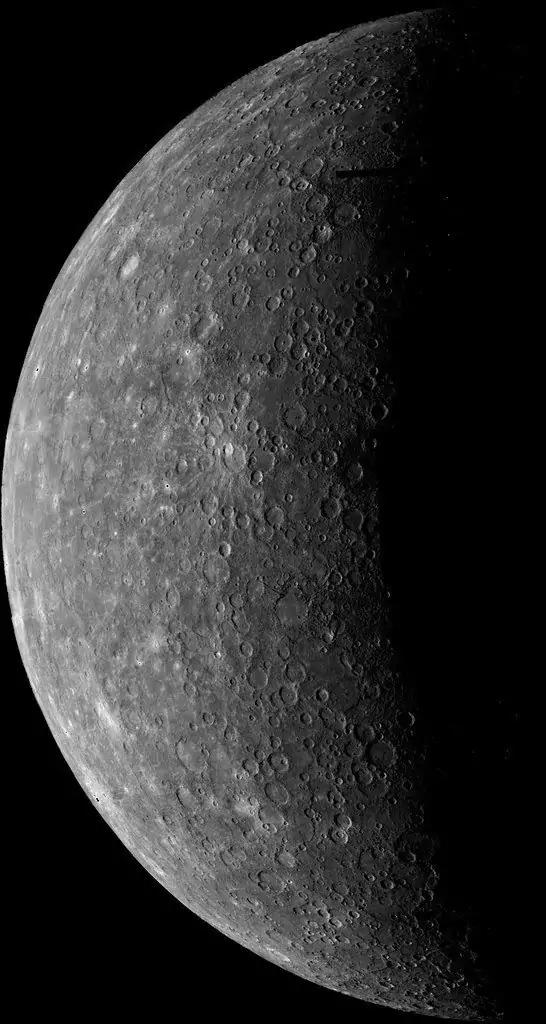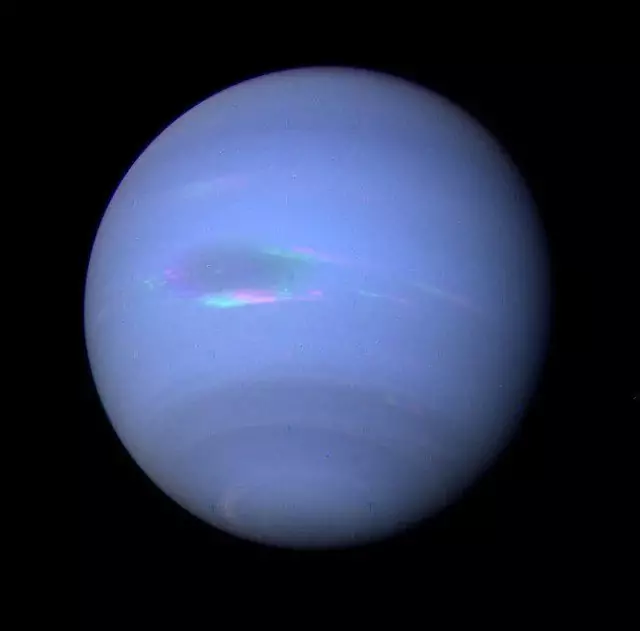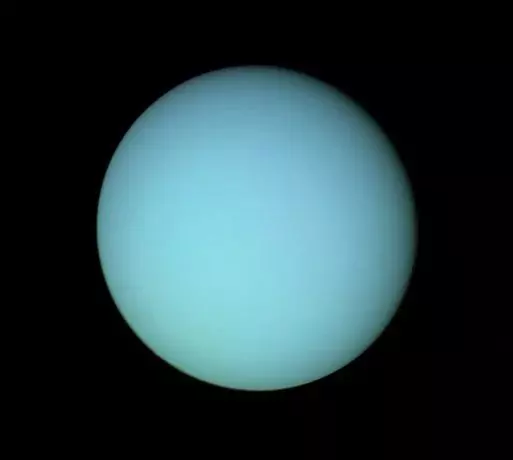Order of Planets from Smallest to Largest
When sorted from the order of minor planets, Mercury is the smallest planet compared to the other seven planets.

Some of you have often heard the name of the planet. However, do you already know what is meant by the planet? In simple terms, a planet is a celestial body that orbits around the Sun but does not emit energy on its own.
You need to know at the center of our solar system; eight planets surround the Sun. You are in the right article for those curious about planets, especially the smallest to most giant planets. Come on, see the following discussion!
Planetary Order of the Smallest
1. Mercury

Mercury is the smallest of the eight planets in the solar system, with an average radius of 2,439.7 km and a surface area of 74.8 million km². Interestingly, the size of Mercury is only slightly larger than the moon on Earth. In addition, Mercury is also the closest planet to the Sun.
2. Mars
Furthermore, there is the planet Mars, the fourth planet if sorted by position from the Sun. The size of the Martian radius is 3,389.5 km with a surface area of 144.8 million km². When viewed from the Earth, Mars will look like a red star.
3. Venus
If sorted by position from the Sun, Venus is the second planet after Mercury. Venus has a radius of 6,051.8 km with a surface area of 460.2 million km².
4. Earth
Earth is the third planet from the Sun and the fourth largest of the eight planets in the solar system, with an average radius of 6,371 km and a surface area of 510.1 million km².
5. Neptune

Neptune is also known as the farthest planet when viewed from the Sun. Almost the same as the Earth, this planet is also called the blue planet. It happens because Neptune has an atmosphere consisting of helium and hydrogen. The planet has an average radius of 24,622 km and a surface area of 7.618 billion km².
6. Uranus

Did you know? Uranus is a planet that has rings other than Saturn. Launching from the kompas.com ring of Uranus is relatively young; it is not more than 600 million years old. The planet Uranus has an average radius of 25,362 km with a surface area of 8.083 billion km².
7. Saturn

Saturn is the sixth planet from the Sun and is the second largest planet in the solar system array. Saturn measures 984 percent of the Earth, i.e., Saturn's average radius is 58,232 km, and its surface area is 42.7 billion km². A unique fact regarding this planet is that Saturn is referred to as a gas giant other than Jupiter.
8. Jupiter
The specialty of the planet Jupiter is that it has the most significant number of natural satellites in the solar system; broadly speaking, there are 69 natural satellites on Jupiter to date. The gas giant Jupiter has an average radius size of 69,911 km and a surface area of 61.42 billion km²; this makes Jupiter named the largest of the eight planets in our solar system.

 Minanonymous
Minanonymous